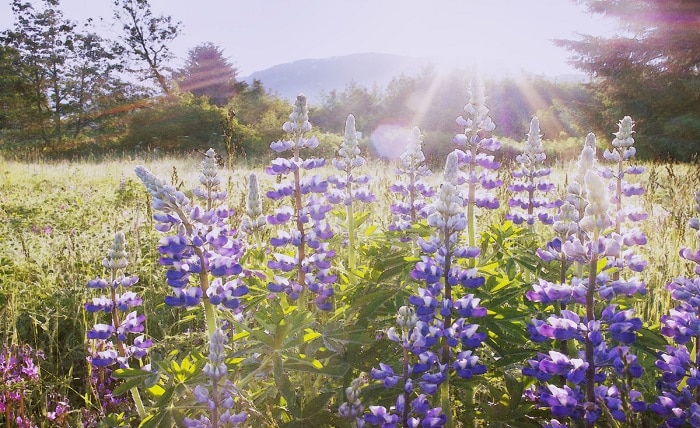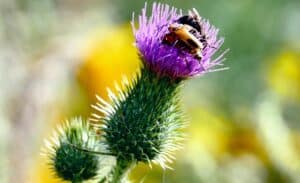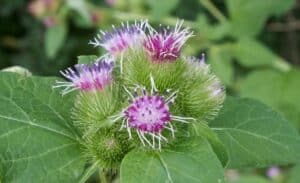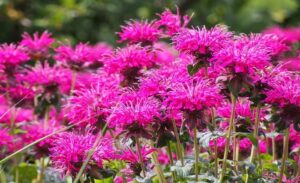3 Best Purple Wildflowers You Can Find in California

Nature can be both beautiful and mysterious. If you like dwelling in the beauty of nature, you know how calm and serene it can be.
Even in harsh environments, mother nature knows exactly how to show up with its most authentic glory through various phenomenal wildflowers.
In the wilderness of the Golden State, you might find small miracles happening through simple wildflowers like purple wildflowers.
Why purple wildflowers?
Because who doesn’t love purple? Let’s be honest; the purple colors peaking through the vast greenery of the wilderness is something to be in awe of.
So today, I will be talking about a few of the best purple wildflowers you can find on your outdoor adventures in California.
Bull Thistle

You might know blue thistle by other names like spear thistle, common thistle, boar thistle, or even dodder.
It is actually a biennial plant, which means that the growing cycle of this plant is usually completed after two years.
1.8 meters tall!
Yes, this plant can grow as tall as 1.8 meters in the wilderness. And generally, the flowers start to show up during fall and summer.
This spiky purple flower loves both partial shade and direct sunlight to grow flawlessly. And the best part is that beautiful butterflies, as well as large bees, are attracted to the large flower head of this plant.
And the seeds?
Oh, the seeds of this plant beckon a wide range of birds, such as the wonderful American goldfinch. And these birds even use the thistledown to shield their nests intricately.
Common Burdock

Another wildflower that thrives in both shaded and sunny areas you can find in the wilderness of California is the burdock purple flower.
It’s also a spiky plant!
This plant, too, has a lot of other names it goes by, like wild rhubarb, louse bur, lesser burdock, cuckoo button, or even little burdock.
And this shrubby wildflower is usually large in size and blooms in mid-summer. It actually keeps on growing the purple flowers till mid-fall.
Another biennial plant!
Yes, it can have a lifespan of two years, and it can be found in places that are undisturbed, open prairies, barnyards, roadsides, pastures, old fields, and hay fields because these are the kind of places this plant can thrive in.
Even though this burdock plant grows purple flowers, the thing you might notice first is the large leaves of this shrubby plant that appears to be like rhubarb.
Thus, wild rhubarb!
The only thing that I don’t like about this plant is that the seed head acts like velcro, attaching itself to humans and animals when they are dry.
However, this is actually how this plant can spread the seeds to allow it to grow in other areas. Also, this plant attracts a lot of different birds, bees, and butterflies for its nectar, just like bull thistle.
Bee Balm

The bee balm plants are also called by various names, such as wild bergamot or even horsemint.
When does it bloom?
Well, you are only able to see the flowers of this plant in full bloom during summer. This plant also likes partially shaded or sunny areas, just like bull thistle.
The lilac-purple flowers of this plant cluster together, which is why they not only look beautiful but are also easier to spot.
This purple wildflower grows when the bees are the busiest. That’s because various kinds of bees are attracted to its nectar.
That’s not all!
Even butterflies and hummingbirds, as well as other kinds of birds, love this nectar. The main reason for this is that these flowers are high in nectar.
Conclusion
There are so many other kinds of purple wildflowers that you can find in the wilderness of California. Among those other purple flowers, I think these are the best ones because I spent most of my childhood with them.




